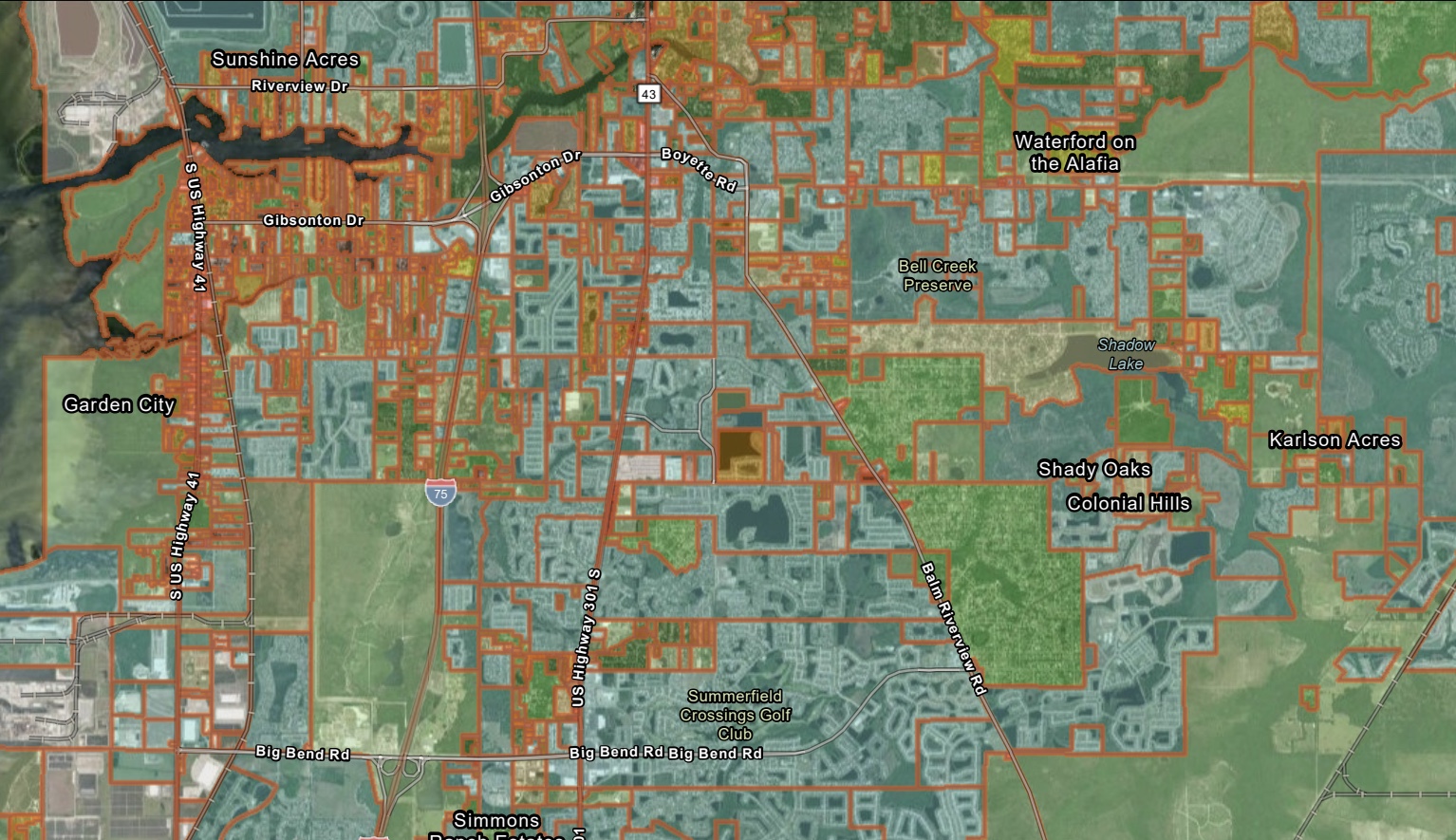Introduction
In the realm of commercial land development, two crucial aspects often dictate the course of growth and prosperity: zoning and future land use planning. Understanding the nuances and disparities between these elements is essential for stakeholders seeking to optimize their investments and contribute to sustainable urban development.
Importance of Zoning in Commercial Land
Zoning serves as the backbone of order and structure in commercial land use. It delineates permissible uses, guiding developers and investors to align with specific regulations. The impact on property values is significant, as adherence to zoning laws enhances predictability and stability in the real estate market.
Future Land Use Planning
On the other hand, future land use planning takes a visionary approach, focusing on long-term goals and development aspirations. Unlike zoning, it allows for flexibility, adapting to evolving needs and incorporating sustainability considerations into the planning process.
Key Differences Between Zoning and Future Land Use
While zoning is primarily regulatory, future land use planning is more visionary. Zoning deals with the present and immediate future, while future land use planning extends its timeframe, providing a framework for sustainable development. Decision-making authority also differs, with zoning falling under the purview of local authorities and future land use involving a broader vision.
Challenges in Zoning for Commercial Land
Zoning for commercial land faces challenges in balancing diverse interests. The ever-changing market trends and legal complexities add layers of intricacy to the process. Striking a harmonious balance that accommodates various stakeholders is an ongoing challenge.
Benefits and Drawbacks of Future Land Use for Commercial Purposes
The benefits of future land use planning lie in adaptive development and a forward-thinking approach. However, conflicts may arise with current zoning regulations, and community engagement becomes paramount. Collaborative efforts are crucial for successful implementation.
Integrating Zoning and Future Land Use
Achieving a balance between zoning and future land use requires a collaborative and integrative approach. Models that encourage open communication and cooperation between regulatory bodies, developers, and the community offer a blueprint for successful integration.
Future Trends in Commercial Land Development
As technology continues to evolve, it influences commercial land development. Smart and sustainable projects gain prominence, emphasizing a harmonious relationship between economic growth and environmental responsibility. Community-oriented developments are also on the rise.
Expert Opinions
Urban planners and real estate professionals provide valuable insights into the delicate balance required for successful commercial land development. Their perspectives shed light on the need to address economic growth while being mindful of environmental impacts.
Conclusion
In conclusion, the synergy between zoning and future land use planning is vital for fostering sustainable and prosperous commercial land development. Striking a balance between regulatory measures and visionary planning ensures that the evolving needs of communities are met while maintaining order and stability.
Frequently Asked Questions
Can zoning regulations change over time?
Zoning regulations can undergo changes, reflecting shifts in community needs and development priorities.
Are there instances where zoning and future land use clash?
Conflicts may arise when future land use plans deviate significantly from existing zoning regulations, requiring careful negotiation and collaboration.
What role does community engagement play in commercial land development?
Community engagement is crucial for ensuring that development plans align with the needs and aspirations of the local population.
How can stakeholders contribute to a harmonious balance between zoning and future land use?
Stakeholders can contribute by actively participating in collaborative planning efforts and advocating for sustainable and community-oriented development.


